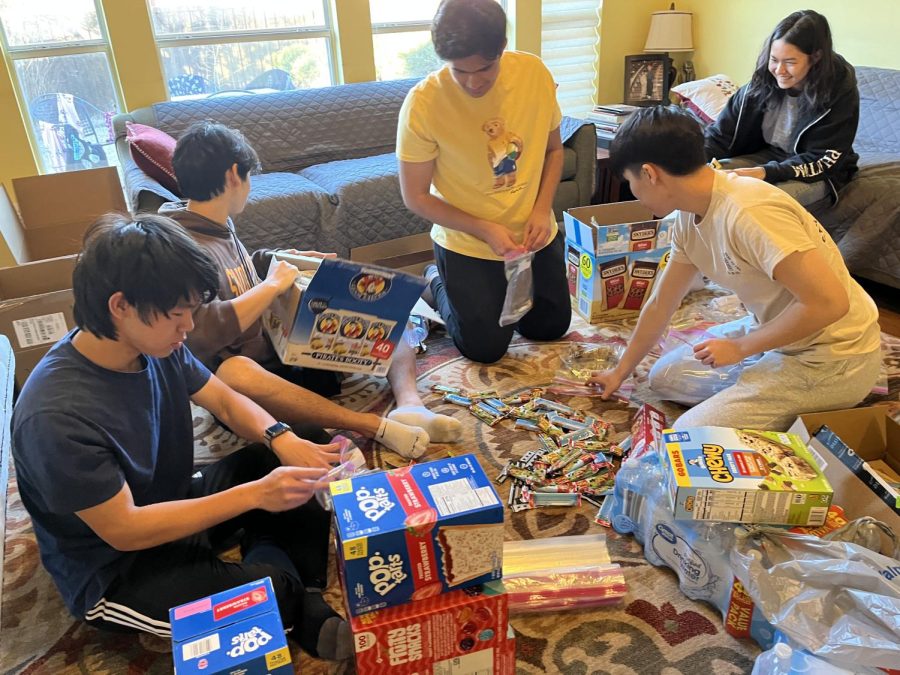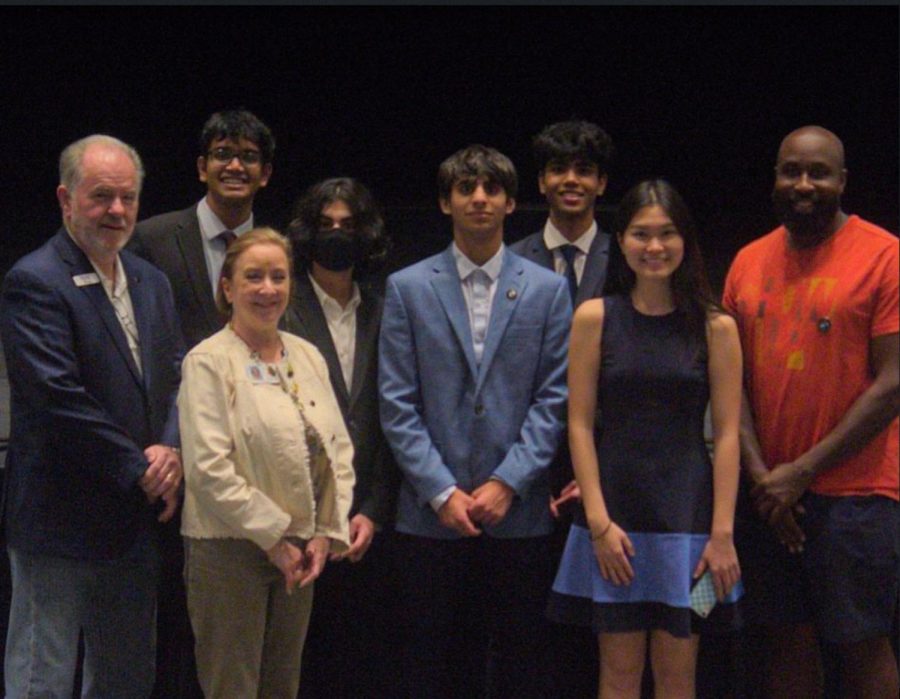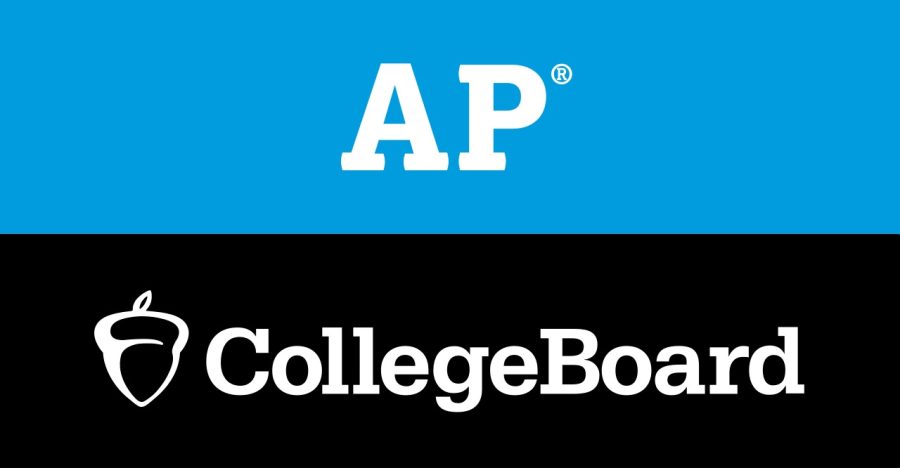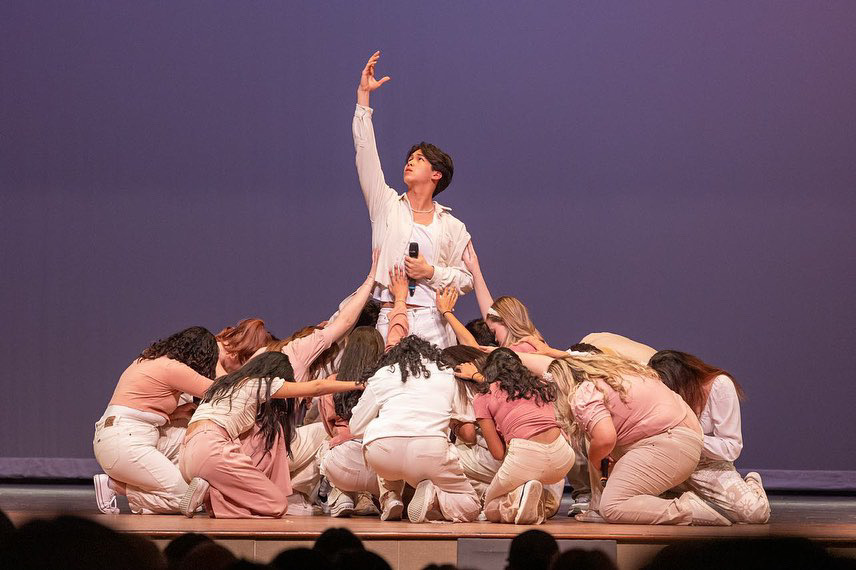On Dec. 8, the school science fair took place and awarded six people the privilege to progress to the next stage in the project competition. The annual competition of the science fair takes place across the country. During this process, students with a talent for science and technology come together to create research projects that can really make a difference in the community.
Junior Jason Smith and his partner Austin Katzer won first place and grand prize for their life sciences project.
“Science fair is a pretty big thing,” Smith said. “My partner and I started in August, and it took about four months of preparation.”
Each participant in the science fair has to complete a research paper and poster board to go along with their project. The ideas are then ranked by a set of judges on originality, depth of research and why it is an important innovation.
“Asking why the project is important is the most important part of the process,” junior Likhita Nandigam said. “The project will not matter if it does not affect the judges today.”
If one places in the school fair they move on to District, Regionals, State and then eventually the International Science and Engineering Fair (ISEF). Not many will advance. However, Smith and Katzer earned second place at ISEF last year with their project on the decline of the bee population.
“It kind of just happened,” Smith said. “My partner and I researched into toxic pesticides and organic compounds. The two worked together beautifully in repelling target species.”
Junior Aditya Arjun also created an new innovation at this year’s science fair, earning first place for his life sciences project.
“I designed an inexpensive 3-D printed hand to use in developing countries as a lower cost option to advanced prosthetic devices,” Arjun said. “I used a nylon artificial muscle to control it in order to reduce the cost compared to the more expensive option.”
Science fair is definitely geared towards a certain type of person, according to Arjun.
“They have to be hardworking and be able to present their ideas well,” Arjun said. “If you can’t explain your project to the judges then you do not know enough about it.”
The work behind each idea takes a lot of time and energy, but according to Smith, the end result is worth it.
“You have to do a lot of research,” Smith said. “You get to learn about something and you also get to work on a solution towards it, so it’s kind of a win-win situation.”
Arjun also added that along with the educational aspect of the process, it is a great way to make new friends.
“After you finish your project you feel really accomplished because you’ve done something a lot of high schoolers don’t get to do,” Arjun said. “The competitions are a really good way to meet new people and have fun.”
The science fair is a big time commitment and requires a lot of research, planning and presenting. For some, including Smith, the experience is something that initially intimidates them.
Categories:
Science Fair Wins
Story continues below advertisement
0
Donate to The Plano West BluePrints
$0
$500
Contributed
Our Goal
Your donation will support the student journalists of Plano West Senior High School. Your contribution will allow us to purchase equipment and cover our annual website hosting costs.
More to Discover
About the Contributor
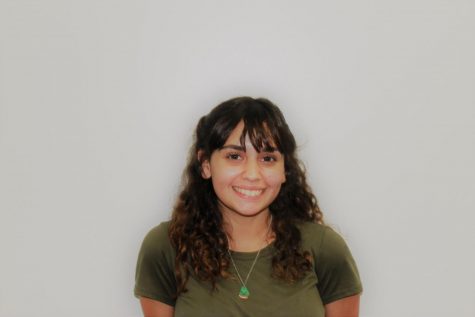
Gina Quatrino, Production Editor
Gina Quatrino is a senior and the Production Editor for the Plano West BluePrints. Aside from her passion for writing and journalism, Quatrino also has a love for theatre, music and the culinary arts. When she is not doing something in the arts, Quatrino can be found hanging out with her friends and spreading positivity everywhere she goes.



